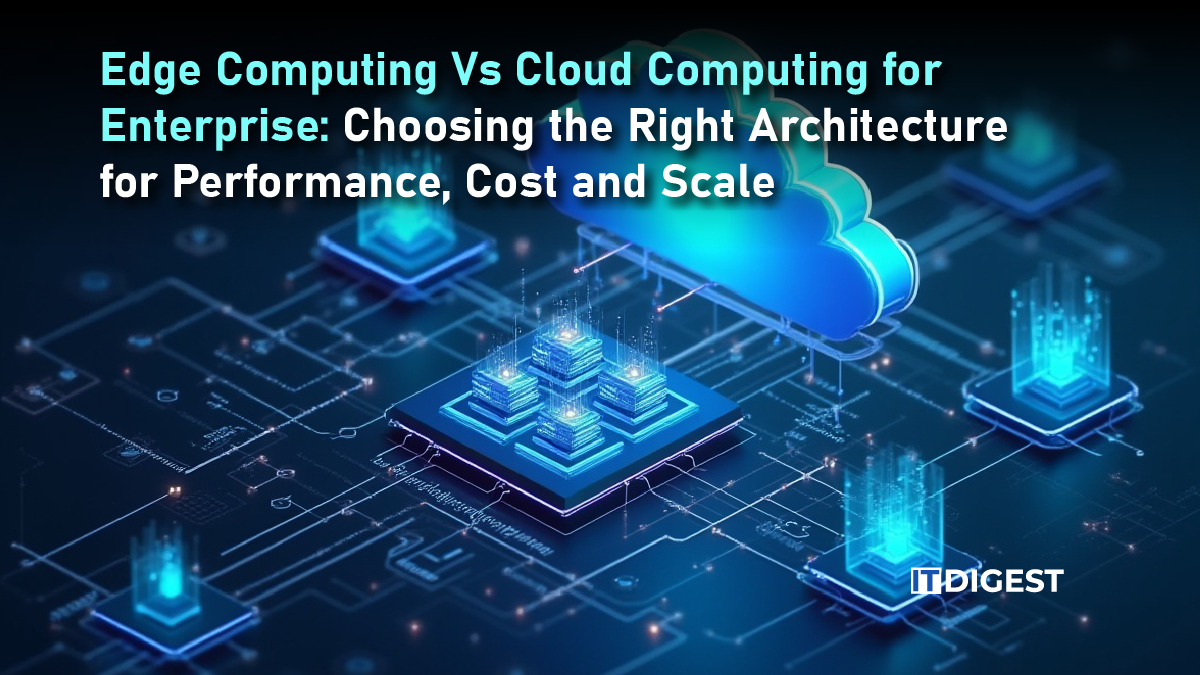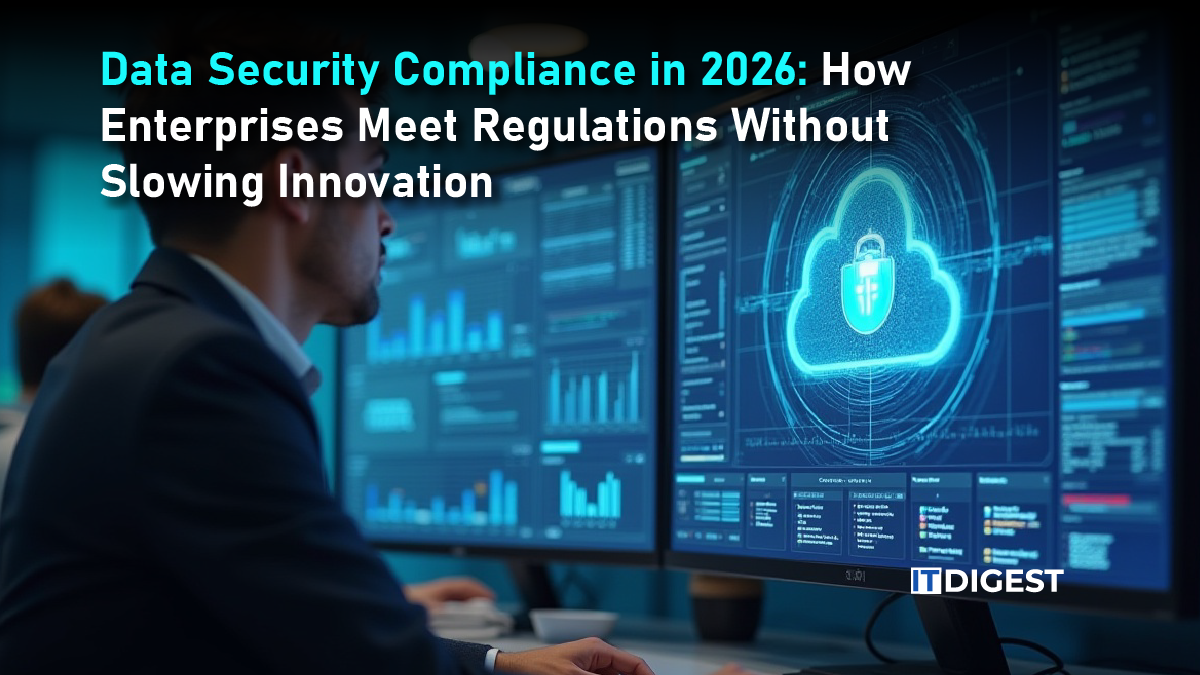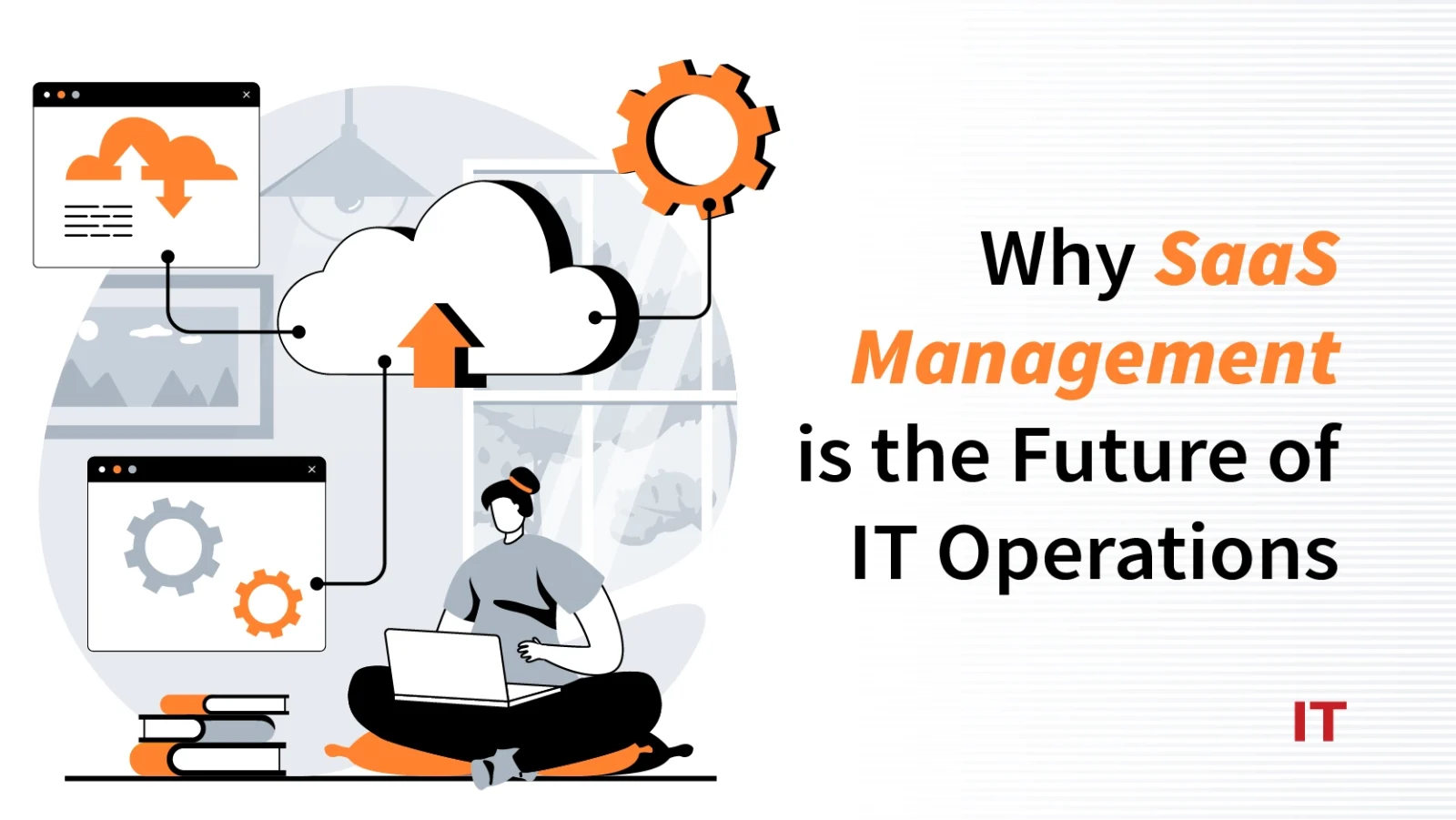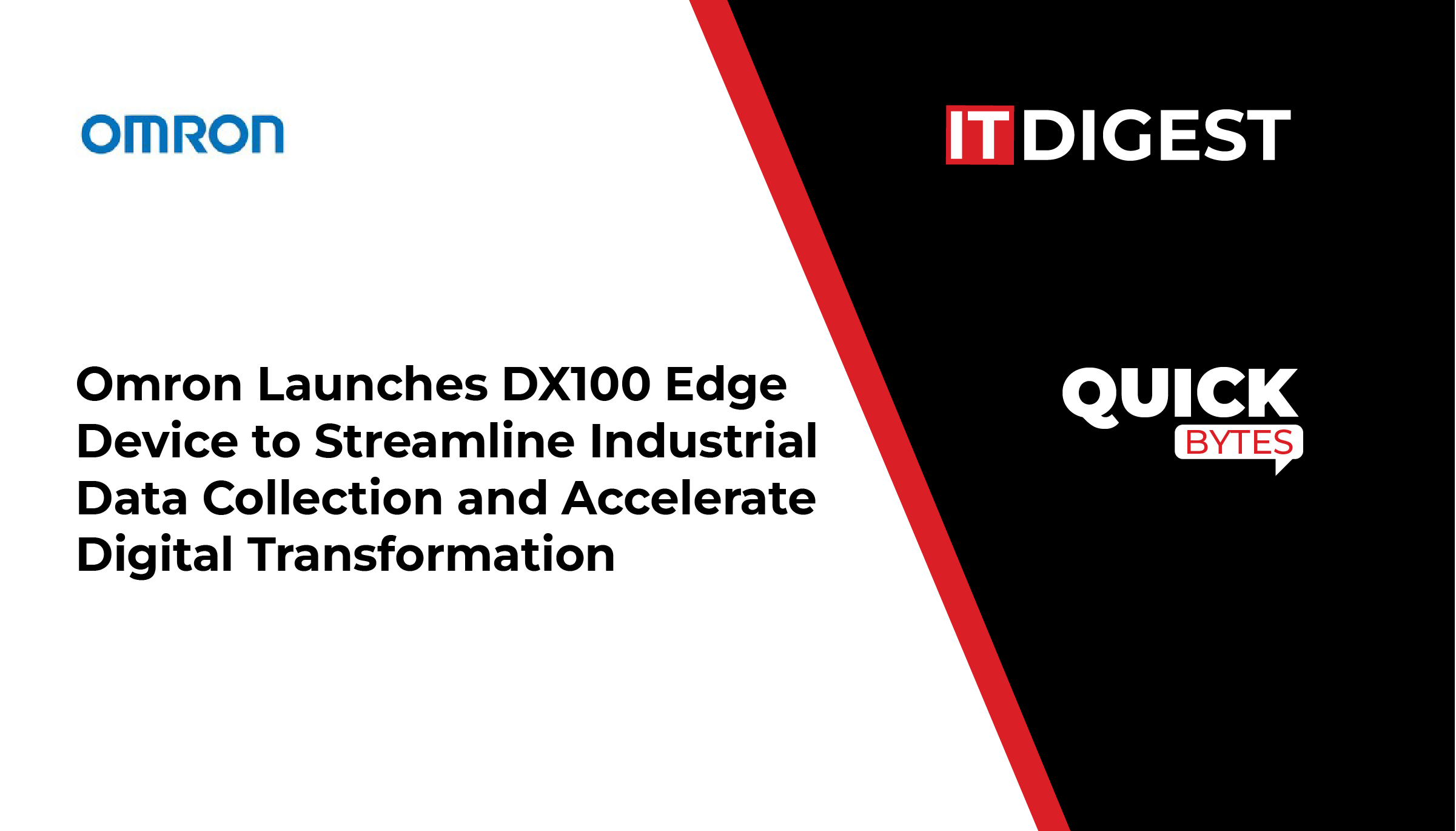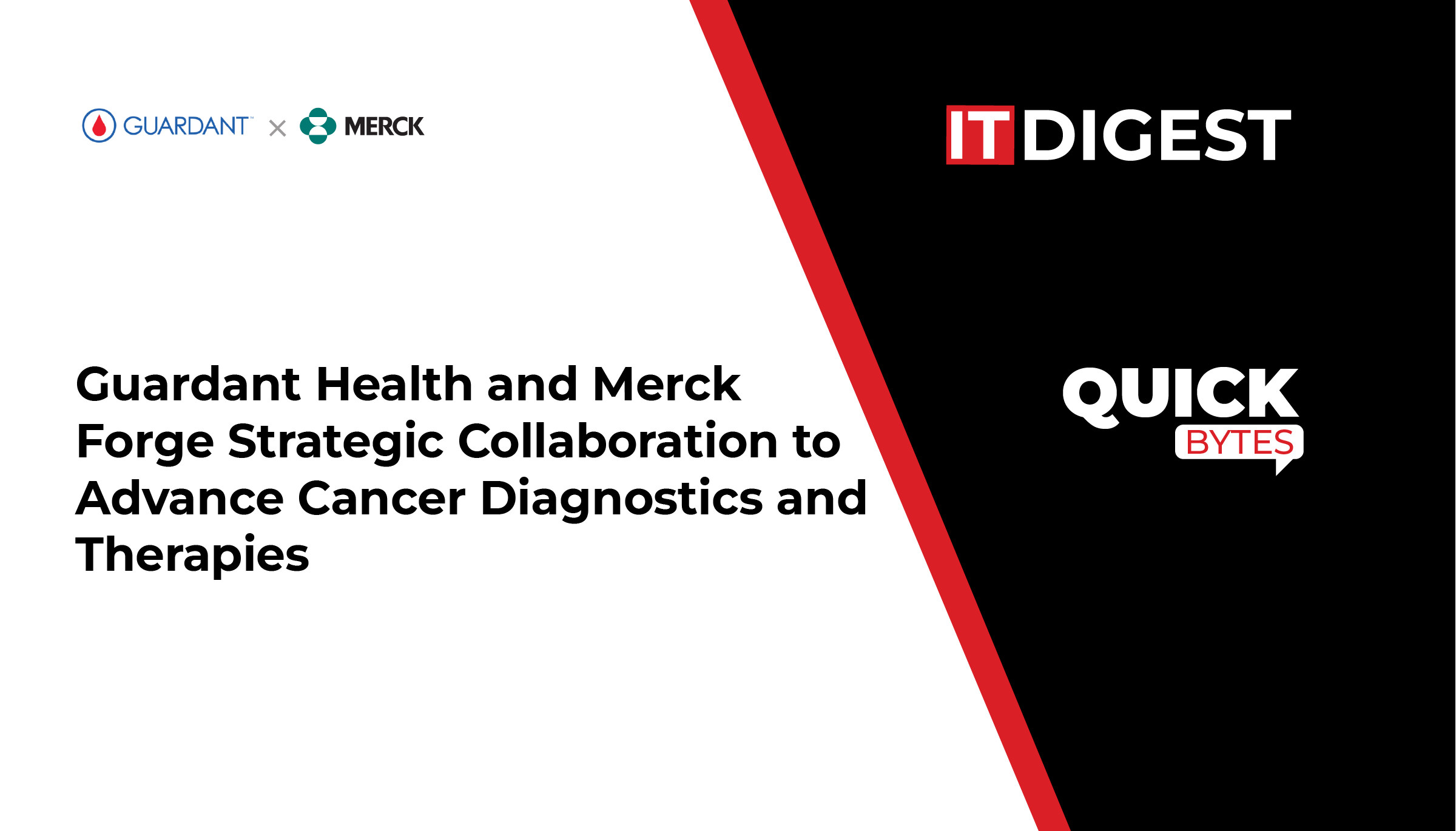We could not have imagined a world where software could be downloaded with the press of a button decades ago. That all changed with the introduction of SaaS management. It now plays an important part in how we conduct business. By 2022, the average firm was using 130 different SaaS apps.
With the proliferation of SaaS applications, companies face challenges in optimizing usage, controlling costs, and ensuring compliance. A well-structured strategy helps organizations streamline operations, enhance security, and maximize the value of their software investments.
Let’s learn more about SaaS management in this ultimate guide.
What is SaaS management?
SaaS management is a comprehensive business process that involves proactively managing, optimizing, and administering all SaaS applications in a company’s portfolio, including inventory, license, and renewal management. It is based on four key principles: thorough visibility, licensing optimization, cost reduction, and risk avoidance.
You may refer to the process by a different term. Examples include FinOps, SaaS operations, SaaS cost management, application portfolio management, and software asset management, among others. Who is it for? It is essential for IT leaders, finance teams, and business managers who oversee software procurement, usage, and compliance. Regardless of different terminology, each business practice aims to achieve the same goal: understanding software applications and their associated costs and risks.
Also Read: What Is Vertical SaaS? Benefits, Challenges
Key Reasons Businesses Need a SaaS Management Platform
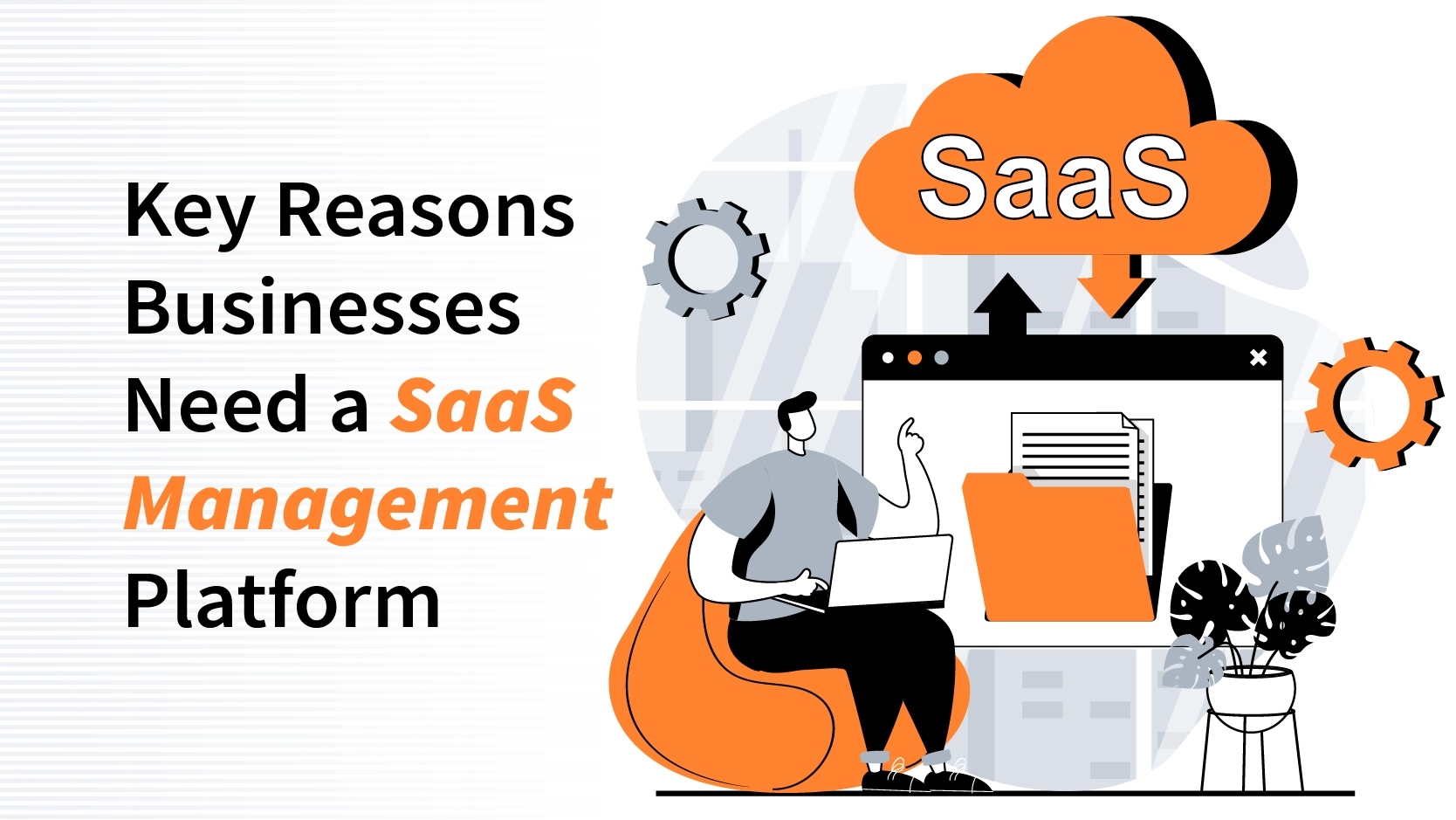 A recent survey indicates that the risk of privacy and data breaches is executives’ top software-related concern. So, the primary reasons why firms want SaaS management are to identify risks and cut spending.
A recent survey indicates that the risk of privacy and data breaches is executives’ top software-related concern. So, the primary reasons why firms want SaaS management are to identify risks and cut spending.
- It tackles the risks associated with inadequate offboarding procedures. SSO isn’t a cure-all, but it can make offboarding operations simpler. 83% of employees report having continuous access to accounts from a previous job, which may be explained by the fact that only 6% of tracked login events used SSO. When combined with the information that 75% of insider threat cases are the result of disgruntled former employees, inadequate offboarding procedures pose a serious risk to the company.
- It offers easier user management and administration. Handling the user lifecycle manually is challenging, dangerous, and prone to error. In actuality, a poll indicates that 14% of US businesses require up to six months, and 21.7% of US businesses require up to one month. SaaS management solutions, which also offer easier onboarding and offboarding checklists, help strengthen and optimize user management operations.
- It lowers the possibility of data leakage or improper use. An IBM 2022 study estimates that the average cost of a data breach for US businesses is $9.44 million. Apart from the financial expenses associated with fixing the breach, data breaches may negatively impact an organization’s ability to make money since they cause a loss of trust and interfere with its strategic goals, requiring a significant amount of time and energy to resolve.
Hands-On SaaS Management: Best Practices
 This is not a recipe that works for everyone. It must be adjusted to the unique circumstances of your business. Here is a broad framework together with recommendations for putting into practice a successful internal SaaS management policy.
This is not a recipe that works for everyone. It must be adjusted to the unique circumstances of your business. Here is a broad framework together with recommendations for putting into practice a successful internal SaaS management policy.
Identify a single, reliable resource for tracking expenses
- A regularly updated spreadsheet
- A tool designed specifically for project management
- An application with specificity
Assign responsibilities for oversight
- Tracking invoices (in conjunction with accounting and bookkeeping)
- Predicting subscription renewals, especially those that are yearly
- Negotiating or making changes to contracts
Oversee the onboarding and offboarding of employees
- Count the number of users (especially if it affects pricing)
- Manage role allocations, removals, and additions
Frequent regulatory and adherence checks
- Make a data map
- List all of the current third-party integrations
- Verify legal matters with the Data Processing Agreement (DPO)
Overall, organize your teams and establish best practices. The financial, legal, and security ramifications of the web applications they use and the ways in which they use them should be understood by staff members.
How To Choose A SaaS Management Platform For Your Organization?
When selecting the best SaaS management platform (SMP) for your company, there are a number of important things to take into account:
Budget: As you allocate your budget for an SMP, be sure that it aligns with the the platform’s cost and features. Keep in mind that additional setup, maintenance, or feature expenses may apply.
Business Size Suitability: Think about how well the platform fits the size of your company. Certain SMPs might have features designed specifically for small, medium, or large companies. Make sure the platform meets the needs and scope of your firm.
User-Friendly Interface: Analyze how user-friendly the platform is. An intuitive interface makes it easier for everyone in your organization to adopt and utilize it, which lowers the need for training and speeds up the integration process.
Complexity and Setup: Determine the estimated degree of complexity for the initial setup. Take into account the implementation’s resource needs and related expenses. Check to see if the platform provides enough services or help for setup and integration.
User Skill Requirement: Analyze the level of experience required to run the platform. Ascertain whether proficient users or the assistance of specialists are needed for the platform to be used effectively. Select a platform based on the capabilities of your team.
Application Requirements: Make a thorough list of the requirements and optional components for your application. Set a priority list for the features and functions that are absolutely need to effectively manage your SaaS environment. This list ensures you don’t miss any important details by streamlining the choosing procedure.
By considering these things, you may evaluate and select an SMP that best suits the needs of your business in terms of scale, usability, complexity, skill requirements, and particular applications while maintaining a check on the price. This method guarantees a more customized and effective selection procedure.
Future of SaaS Management
It’s evident that SaaS management is an area that is geared toward innovation and expansion as we move to the future. It will be greatly impacted by the integration of AI and machine learning, which will provide improved data analytics and task automation.
Security will receive significantly greater attention, and innovative measures against changing cyberthreats will be created.
Furthermore, energy-efficient operations and lowering the carbon footprint of cloud services will be the main priorities when it comes to sustainability. This changing environment points to a dynamic future for SaaS management, one in which technology will be essential to its development.





















